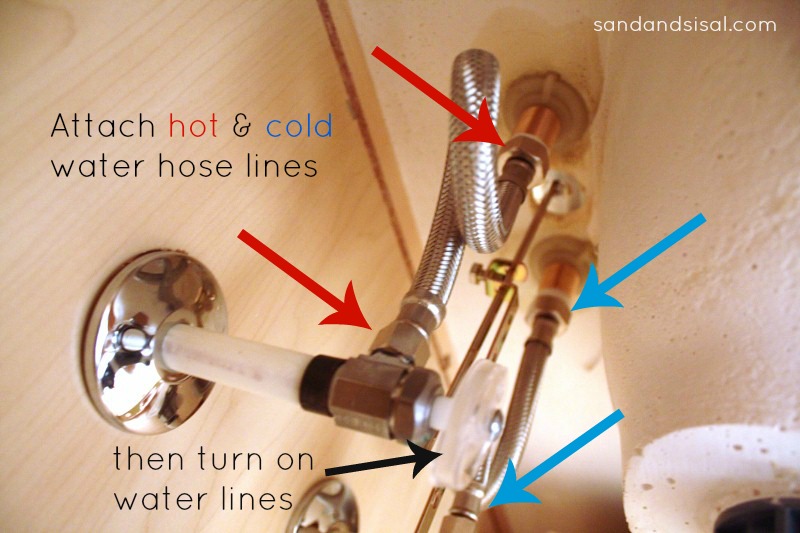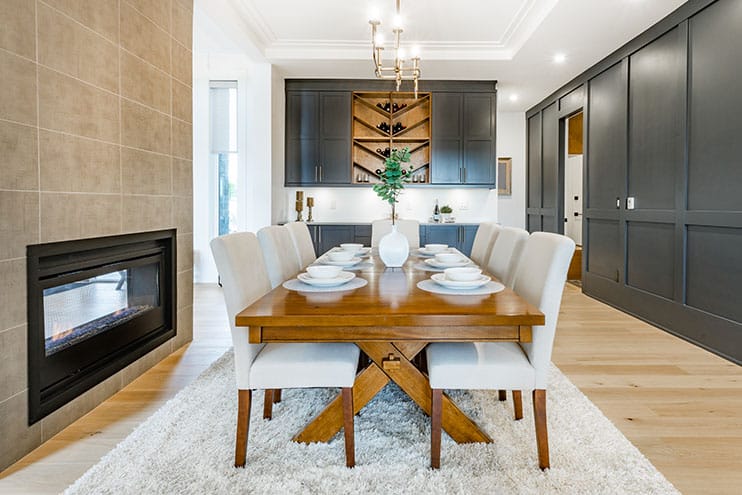Connecting a water line to a bathroom sink may seem like a daunting task, but with the right tools and knowledge, it can be a simple and straightforward process. In this article, we will provide a step-by-step guide on how to properly connect a water line to a bathroom sink, as well as some helpful tips and tricks to ensure a successful installation. Whether you're a DIY enthusiast or a professional plumber, this article is for you.How to Connect a Water Line to a Bathroom Sink
Before starting the process of connecting a water line to a bathroom sink, make sure to turn off the main water supply to avoid any potential accidents. Here are the steps to follow: Step 1: Gather all necessary tools and materials. This includes a wrench, Teflon tape, a basin wrench, and the appropriate water supply lines. Step 2: Locate the water shut-off valve for the sink and turn it off. This valve is usually located under the sink or in the wall behind the sink. Step 3: Connect the faucet to the sink if it is not already attached. This will make it easier to install the water supply lines later on. Step 4: Wrap Teflon tape around the threads of the water supply lines. This will create a watertight seal and prevent any leaks. Step 5: Attach the hot and cold water supply lines to the faucet. Make sure to use the appropriate line for each side. The hot water line is typically labeled with a red tag, while the cold water line is labeled with a blue tag. Step 6: Attach the other end of the water supply lines to the shut-off valves. Use a wrench to tighten the connections, but be careful not to over-tighten them. Step 7: Turn the water supply back on and check for any leaks. If there are no leaks, you have successfully connected the water line to your bathroom sink.Connecting a Water Line to a Bathroom Sink: Step-by-Step Guide
Connecting a water line to a bathroom sink is a task that can easily be done by a DIY enthusiast. However, it is important to follow the proper steps and use the right tools to ensure a successful installation. Here are some tips for a DIY approach: Tip 1: Make sure to read the manufacturer's instructions for the faucet and water supply lines before beginning the installation process. Tip 2: Use a basin wrench to make the connections under the sink. This tool is specifically designed for tight spaces and will make the process much easier. Tip 3: Take your time and be patient. Rushing through the installation can lead to mistakes and potential leaks.DIY: Connecting a Water Line to a Bathroom Sink
Here are some additional tips and tricks to keep in mind when connecting a water line to a bathroom sink: Tip 1: Use Teflon tape on all threaded connections to prevent leaks. Tip 2: If you are using flexible water supply lines, make sure they are not kinked or twisted during installation. Tip 3: If you are unsure about any step in the installation process, seek the help of a professional plumber to avoid any potential problems.Connecting a Water Line to a Bathroom Sink: Tips and Tricks
Properly connecting a water line to a bathroom sink is crucial for the overall functionality and safety of your sink. A secure connection will prevent any leaks or water damage to your bathroom and ensure that the water supply is properly regulated. It is also important to follow the correct installation process to avoid any potential accidents or injuries.The Importance of Properly Connecting a Water Line to a Bathroom Sink
As mentioned earlier, the tools and materials needed for connecting a water line to a bathroom sink include a wrench, Teflon tape, a basin wrench, and the appropriate water supply lines. It is important to have all of these items on hand before beginning the installation process to ensure a smooth and successful installation.Tools and Materials Needed for Connecting a Water Line to a Bathroom Sink
Here are some common mistakes to avoid when connecting a water line to a bathroom sink: Mistake 1: Not turning off the main water supply before beginning the installation process. Mistake 2: Over-tightening connections, which can lead to stripped threads and potential leaks. Mistake 3: Using the wrong water supply lines for hot and cold water.Common Mistakes to Avoid When Connecting a Water Line to a Bathroom Sink
If you encounter any issues while connecting a water line to a bathroom sink, here are some troubleshooting tips: Issue: Leaks at the connections.Troubleshooting: Issues with Connecting a Water Line to a Bathroom Sink
Deciding whether to hire a professional plumber or do the installation yourself is a personal choice. Here are some pros and cons to consider: Pros of hiring a professional: - Guaranteed expertise and experience in proper installation techniques. - Time-saving, as the plumber will have all the necessary tools and materials. Pros of DIY: - Cost-saving, as you will not have to pay for labor fees. - Satisfaction of completing the task yourself. Cons of hiring a professional: - Additional cost for labor fees. - May have to schedule an appointment and wait for the plumber's availability. Cons of DIY: - Risk of making mistakes and potentially causing damage. - May need to purchase or rent tools for the installation.Professional vs. DIY: Pros and Cons of Connecting a Water Line to a Bathroom Sink
When working with water and plumbing, it is important to take safety precautions to avoid any accidents or injuries. Here are some safety tips to keep in mind: Tip 1: Always turn off the main water supply before beginning any plumbing work. Tip 2: Wear protective gear, such as gloves and safety glasses, when using tools and handling pipes. Tip 3: If you are unsure about any step in the installation process, seek the help of a professional plumber. In conclusion, connecting a water line to a bathroom sink may seem like a daunting task, but with the right tools and knowledge, it can be easily accomplished. By following the steps outlined in this article and taking the necessary safety precautions, you can successfully install a water line to your bathroom sink. Whether you choose to hire a professional or DIY, make sure to follow the correct installation process to ensure a functional and leak-free sink for years to come.Safety Precautions to Take When Connecting a Water Line to a Bathroom Sink
Why Connecting a Water Line to Your Bathroom Sink is Essential for House Design

The Importance of Proper Water Line Connection
 When it comes to designing your dream home, every detail matters. From the color of the walls to the type of flooring, every decision plays a crucial role in creating the perfect space. However, one aspect that is often overlooked but is vital for a functional and comfortable home is the
proper connection of water lines
to your bathroom sink. Not only does this ensure a steady supply of water for everyday use, but it also prevents potential problems and costly repairs in the future.
When it comes to designing your dream home, every detail matters. From the color of the walls to the type of flooring, every decision plays a crucial role in creating the perfect space. However, one aspect that is often overlooked but is vital for a functional and comfortable home is the
proper connection of water lines
to your bathroom sink. Not only does this ensure a steady supply of water for everyday use, but it also prevents potential problems and costly repairs in the future.
Ensuring Water Efficiency
 Properly connecting a water line to your bathroom sink is essential for
water efficiency
. A well-connected water line ensures that water is not wasted, which not only helps the environment but also saves you money on utility bills. A faulty connection can lead to leaks, which can result in significant water wastage and higher water bills. By ensuring a secure and proper connection, you can be sure that your water is being used efficiently and not going to waste.
Properly connecting a water line to your bathroom sink is essential for
water efficiency
. A well-connected water line ensures that water is not wasted, which not only helps the environment but also saves you money on utility bills. A faulty connection can lead to leaks, which can result in significant water wastage and higher water bills. By ensuring a secure and proper connection, you can be sure that your water is being used efficiently and not going to waste.
Preventing Water Damage
 A
properly connected water line
can also prevent potential water damage in your home. A faulty or loose connection can lead to leaks, which can cause water to seep into walls, floors, and other structures, causing damage and potentially leading to mold growth. This not only compromises the structural integrity of your home but also poses health risks to you and your family. By ensuring a secure connection, you can prevent these potential hazards and protect your home and loved ones.
A
properly connected water line
can also prevent potential water damage in your home. A faulty or loose connection can lead to leaks, which can cause water to seep into walls, floors, and other structures, causing damage and potentially leading to mold growth. This not only compromises the structural integrity of your home but also poses health risks to you and your family. By ensuring a secure connection, you can prevent these potential hazards and protect your home and loved ones.
Ensuring Smooth Functioning of Your Bathroom
 A properly connected water line is crucial for the smooth functioning of your bathroom. A faulty connection can lead to low water pressure, which can make daily tasks such as washing your hands or brushing your teeth frustrating and time-consuming. By ensuring a secure connection, you can enjoy a steady and consistent water flow, making your daily routine more efficient and hassle-free.
In conclusion,
properly connecting a water line to your bathroom sink
is an essential aspect of house design that should not be overlooked. It not only ensures water efficiency and prevents potential problems but also contributes to the overall functionality and comfort of your home. By paying attention to this detail, you can create a beautiful and functional space that meets all your needs and preferences. So, make sure to hire a professional plumber to ensure a proper and secure connection of your water line to your bathroom sink.
A properly connected water line is crucial for the smooth functioning of your bathroom. A faulty connection can lead to low water pressure, which can make daily tasks such as washing your hands or brushing your teeth frustrating and time-consuming. By ensuring a secure connection, you can enjoy a steady and consistent water flow, making your daily routine more efficient and hassle-free.
In conclusion,
properly connecting a water line to your bathroom sink
is an essential aspect of house design that should not be overlooked. It not only ensures water efficiency and prevents potential problems but also contributes to the overall functionality and comfort of your home. By paying attention to this detail, you can create a beautiful and functional space that meets all your needs and preferences. So, make sure to hire a professional plumber to ensure a proper and secure connection of your water line to your bathroom sink.





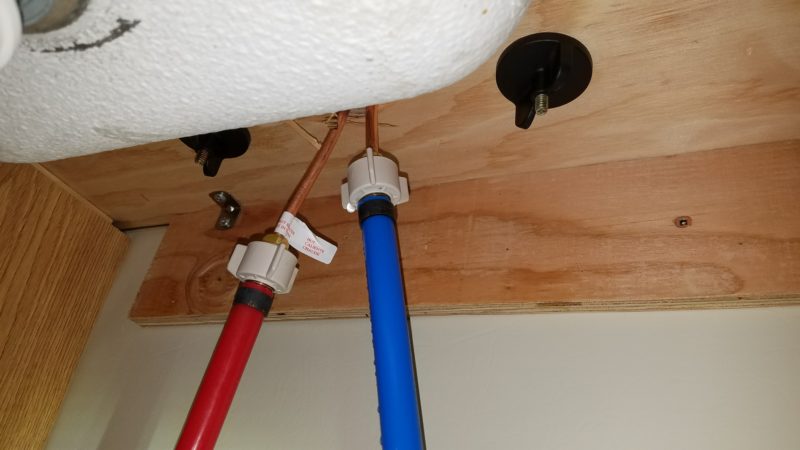
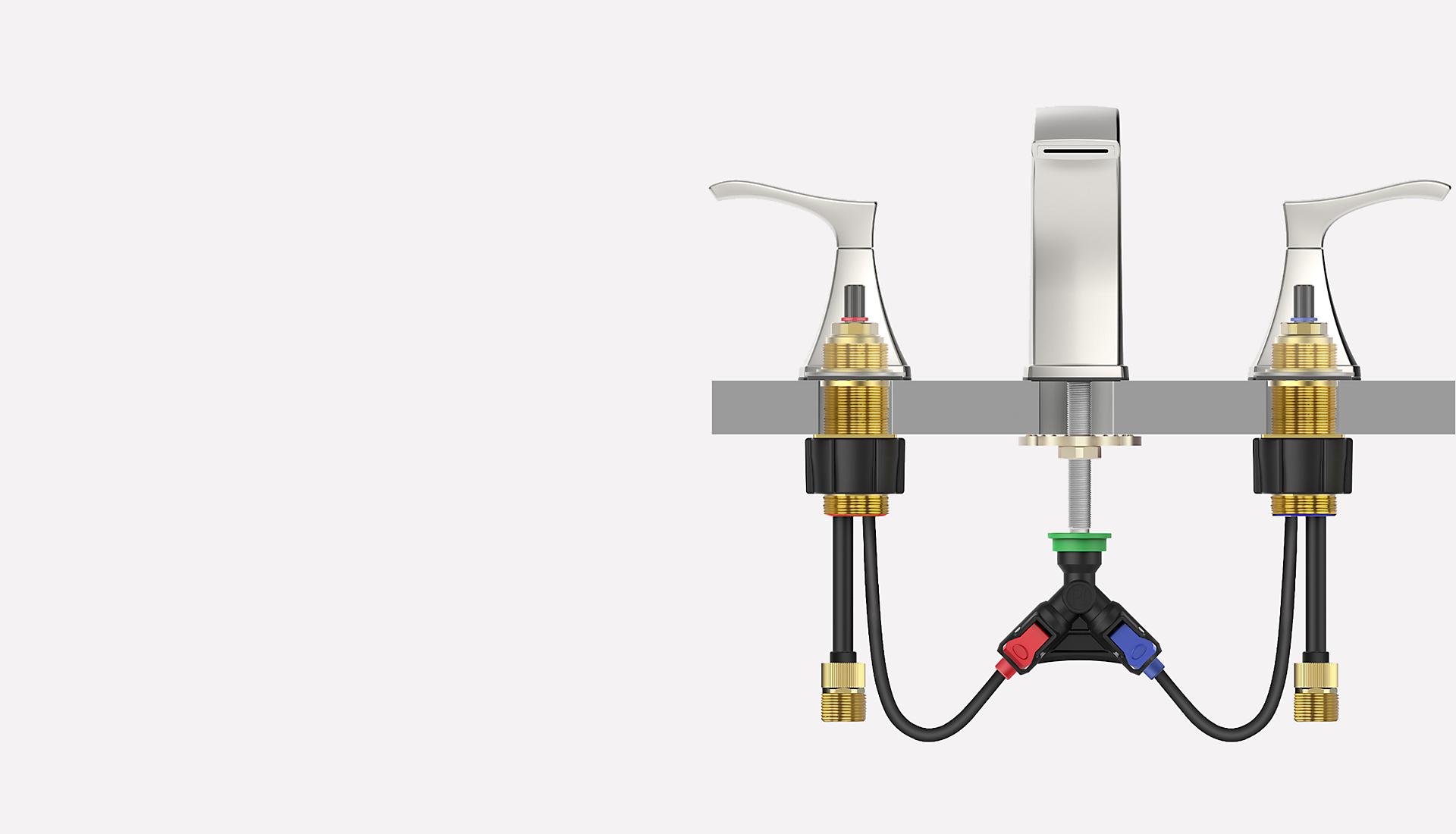
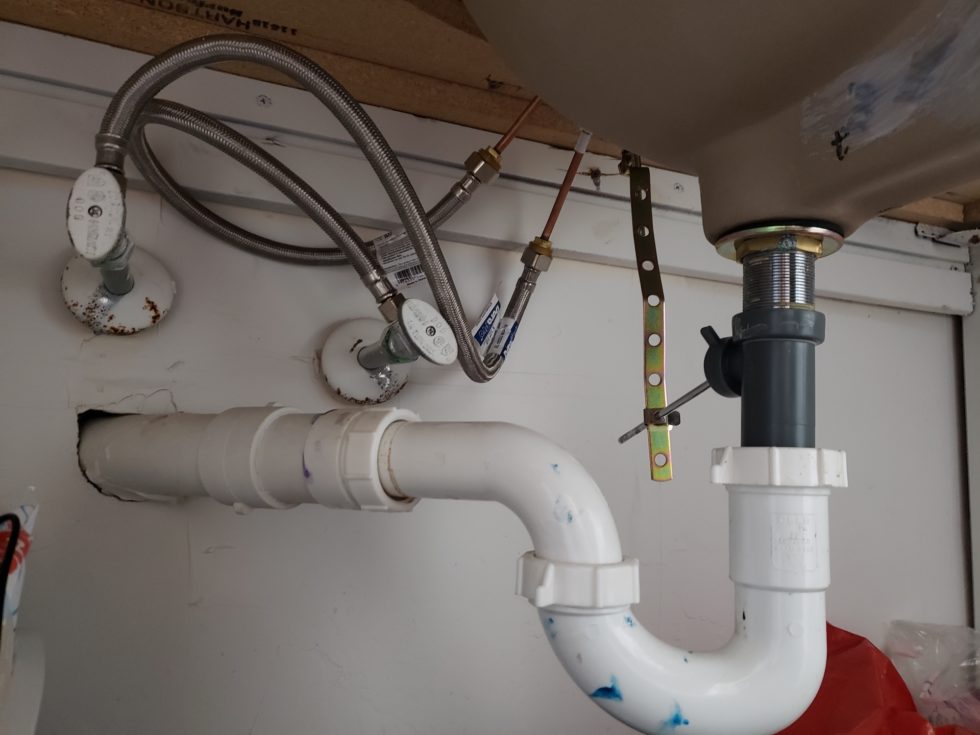








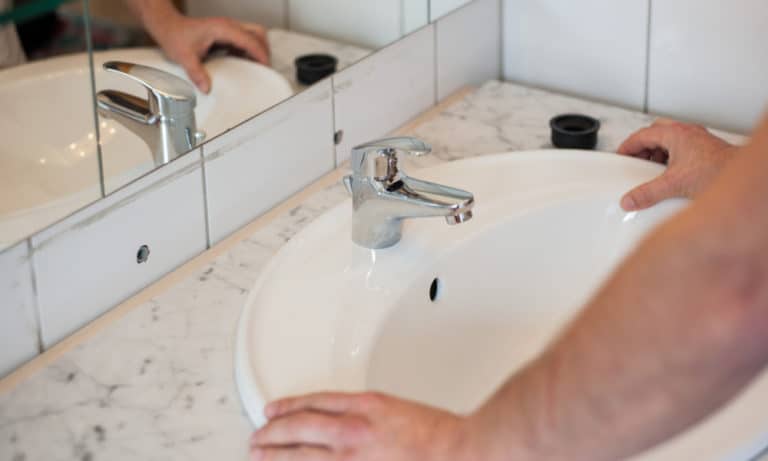
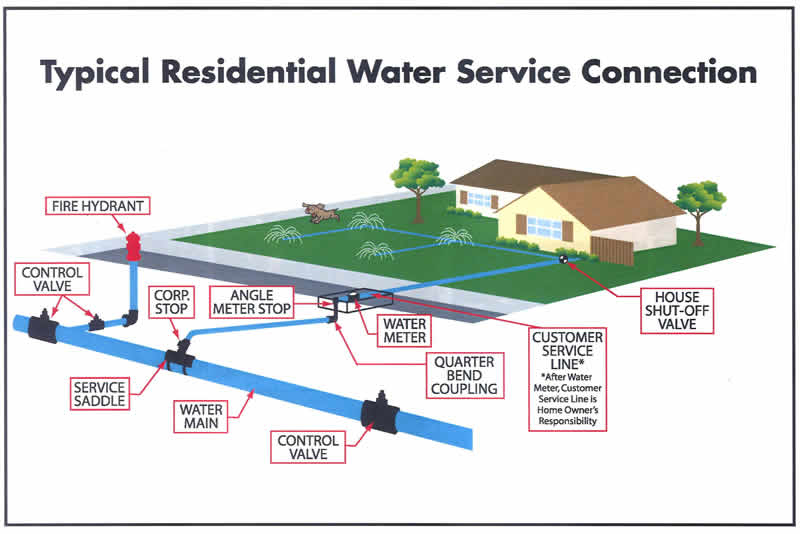



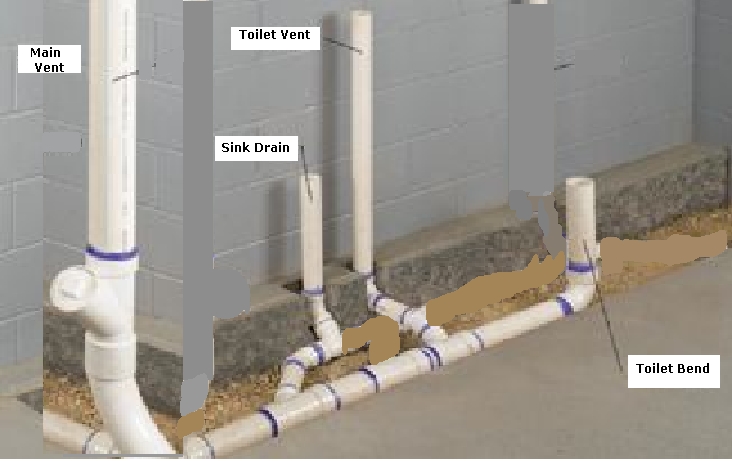












:max_bytes(150000):strip_icc()/pex-and-drain-pipes-584880260-5ac54f2bc0647100371fe641.jpg)







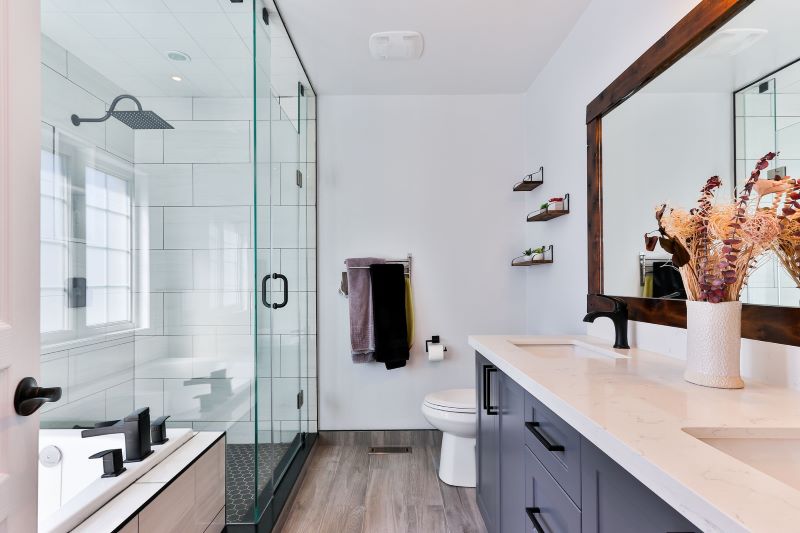
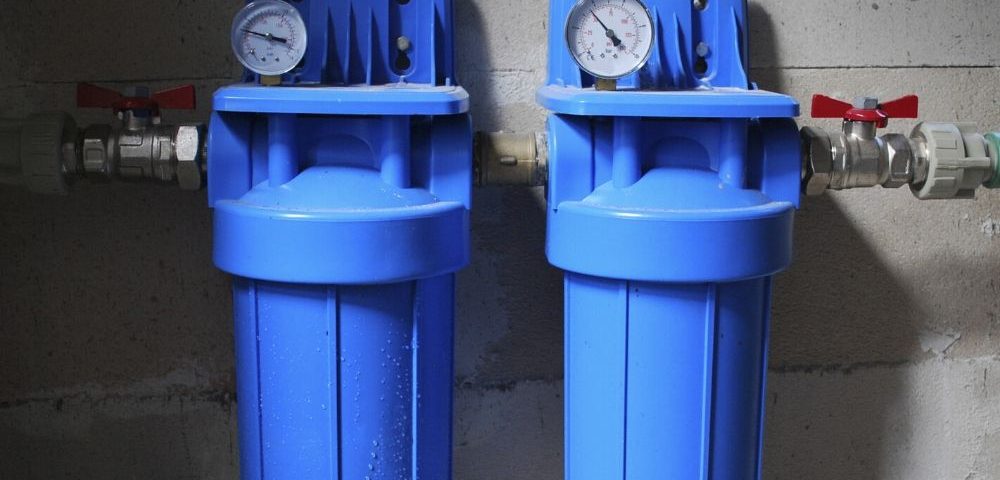









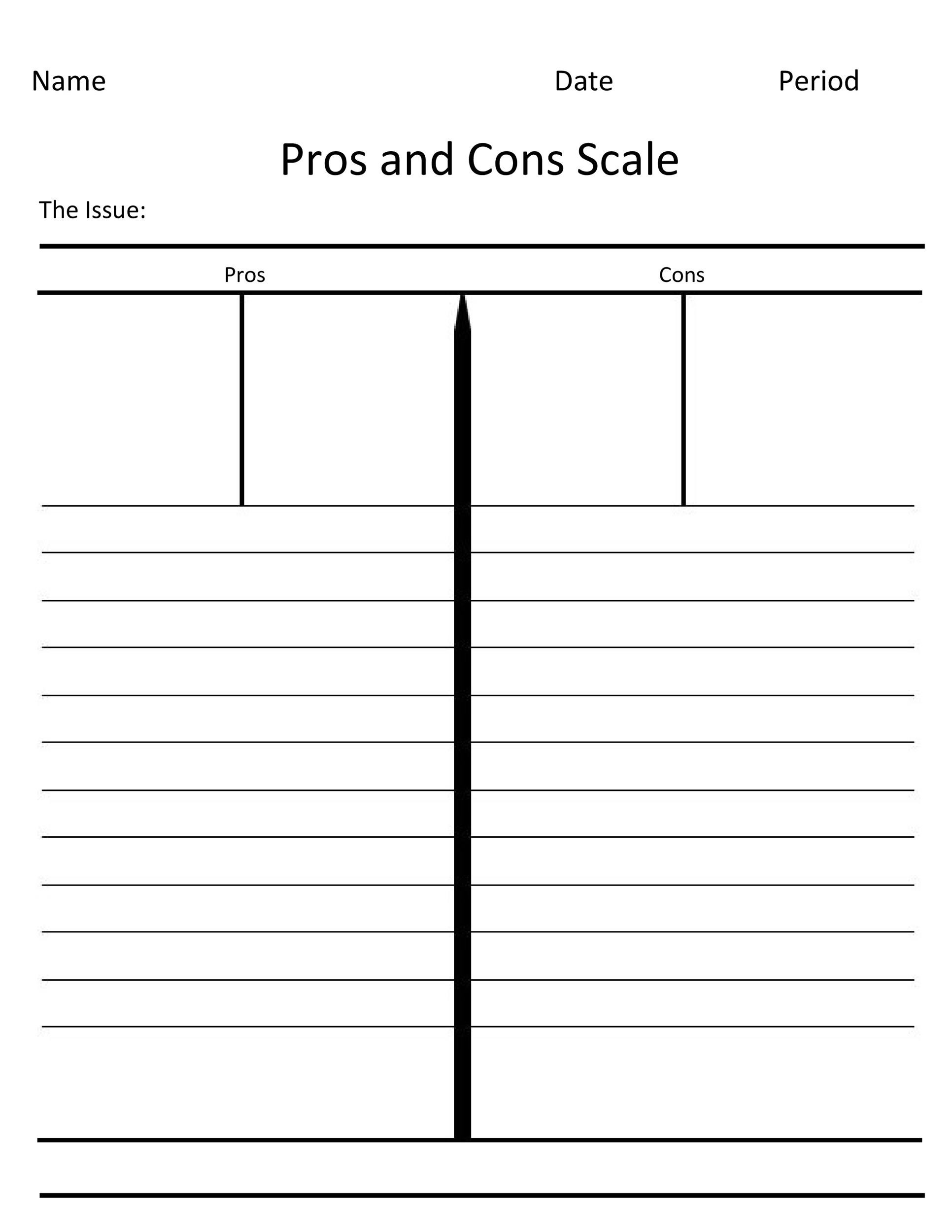


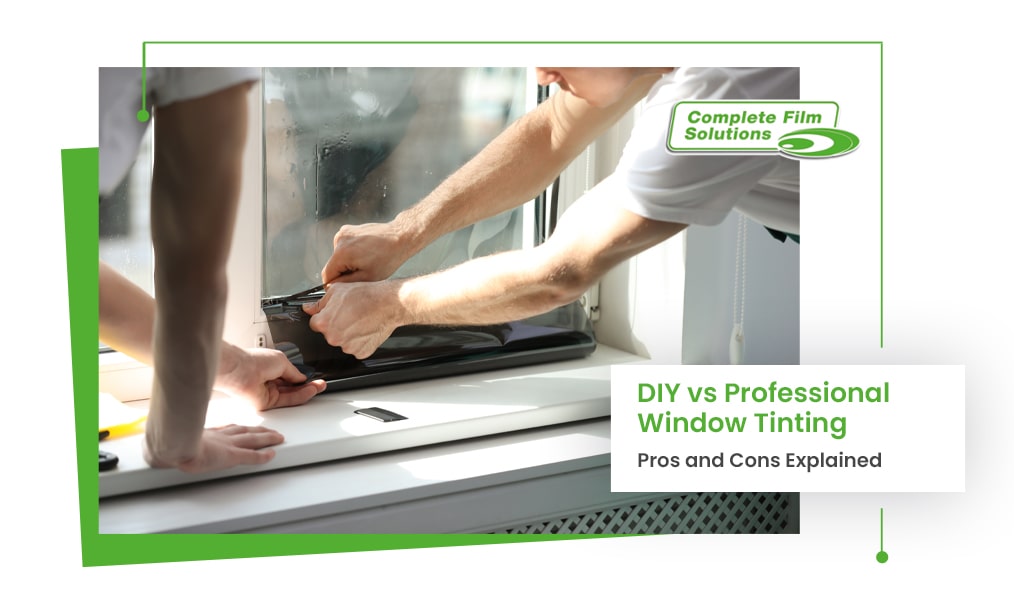





:max_bytes(150000):strip_icc()/steam-cleaning-professional-vs-diy-2908776-hero-24ffd77737924bca908036dabcdcbbad.jpg)




